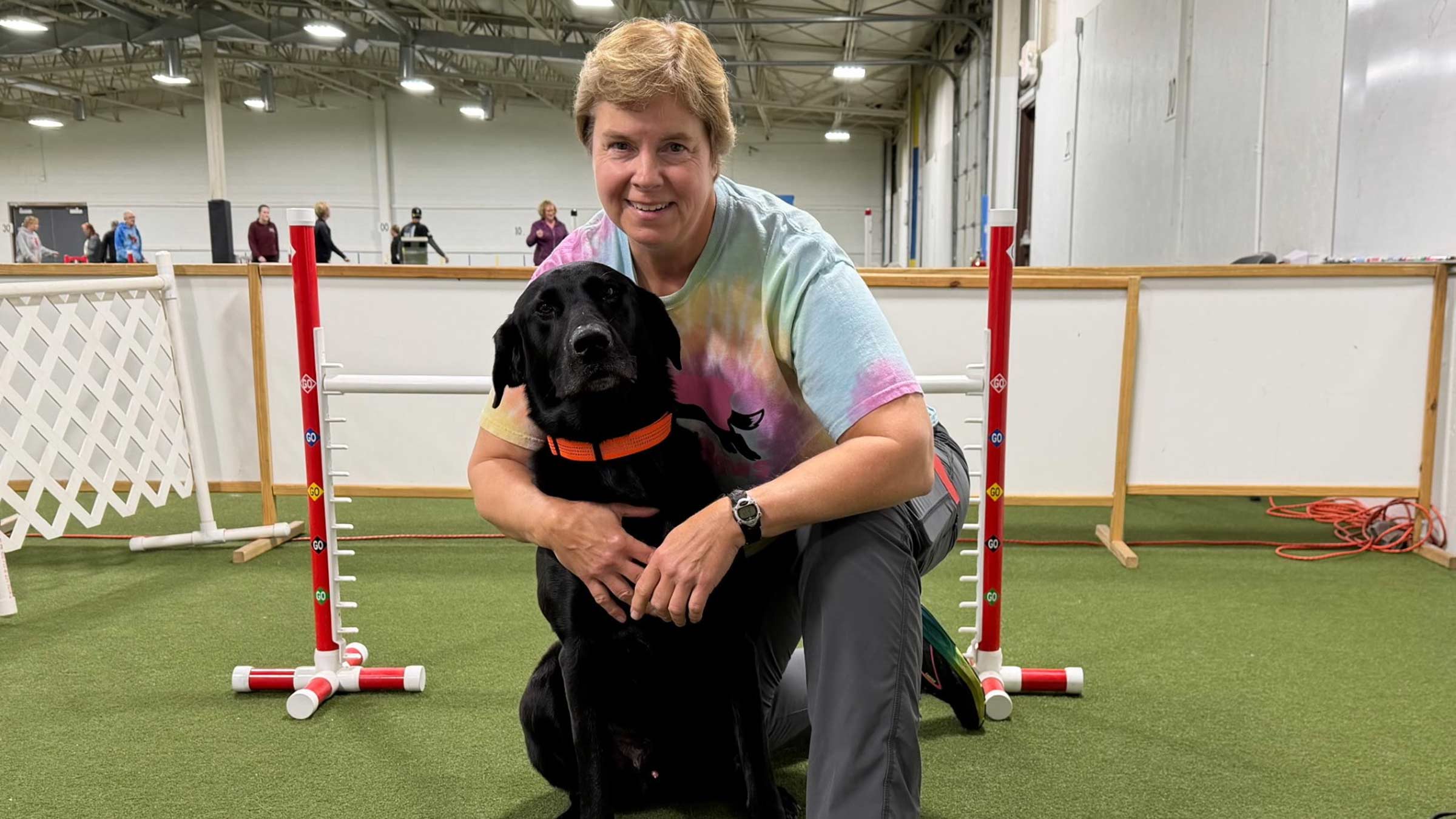How to choose between a midwife and obstetrician
Learn the differences between midwife care and obstetric care and what to consider when deciding.
Choosing between a midwife or an obstetrician/gynecologist (Ob/Gyn) is a personal preference most of time. While both offer much of the same type of care, there are some key differences. Here I discuss several aspects of midwifery care to help you decide who’s the best fit for you.
What is a certified nurse midwife?
A certified nurse midwife (CNM) is an advanced practice registered nurse (APRN) who specializes in women's health and obstetrics, providing care from puberty through childbirth and into menopause.
CNMs educate patients on how best to care for themselves and serve as their own health advocates throughout their lives. Like Ob/Gyns, they offer a wide range of care, including:
- Annual preventive gynecological exams, including Pap smears, contraception advice and management, and how to identify the best methods for you
- Pregnancy care and delivery, including postpartum care and breastfeeding support
- Diagnosis and treatment of common gynecological infections, like yeast infections, UTIs and STIs
- Medication prescriptions
CNMs have completed a graduate degree in nursing with a specialization in midwifery. They are licensed by the state to provide this type of care.
Midwifery care vs. obstetric care: What’s the difference?
Midwives provide care to patients who have normal and low-risk pregnancies. We take a holistic and low-intervention approach to pregnancy and childbirth and have a broader understanding of what is naturally going to happen in a patient’s prenatal care and pregnancy.
If you have what’s considered a high-risk pregnancy or complex medical issue, an Ob/Gyn may be better prepared and equipped to care for you. An Ob/Gyn focuses on medical care, with less emphasis on natural childbirth.
For example, someone who’s pregnant and has type 2 diabetes is considered high-risk and will want to be cared for by an Ob/Gyn rather than a midwife, from the start of pregnancy.
Other reasons to choose an Ob/Gyn for pregnancy care include:
- If you’ve had complications with past pregnancies or births
- If you have heart disease
- If you’re having twins or other multiples
Complications can develop during pregnancy, such as preeclampsia or gestational diabetes. If you’re already working with a midwife, they can work alongside an Ob/Gyn to provide more advanced care.
At The Ohio State University Wexner Medical Center, we have three types of medical professionals who see obstetric patients: nurse midwives, Ob/Gyn physicians and high-risk maternal and fetal medicine (MFM) specialists.
What’s unique about Ohio State is that if one of my patients has a high-risk need, I can often collaborate with an Ob/Gyn or MFM specialist to ensure coordinated care while remaining my patient’s primary obstetrical provider as a certified nurse midwife. On occasion, it may be necessary for me to transfer a patient to an Ob/Gyn or MFM specialist, but this decision is made through continuous dialogue between our patients and physicians. Our ultimate goal is to provide the highest level of care to the patient and the baby. When this care is outside of my scope, I can help a patient find the most suitable specialist. At Ohio State, we aim to make this process as seamless as possible, so there’s no interruption in care.
Considerations when deciding between a midwife and an obstetrician
Patients who want to have a more natural experience during pregnancy and childbirth may prefer a midwife over an Ob/Gyn. Midwives provide comprehensive care that focuses on a patient’s physical, mental and emotional well-being.
During labor and delivery, for instance, midwives offer patients the freedom and flexibility to be in the most comfortable position for them –– whether it’s in bed, on their hands and knees, on a birthing ball, or in the tub or shower. While these positions may need to change to ensure a healthy delivery, midwives empower their patients to take an active role in childbirth and are very hands-on in all aspects of labor support.
But midwives aren’t physicians and can’t perform surgery or deliver babies by Cesarean section like an Ob/Gyn. Ob/Gyns are medical doctors trained in all aspects of obstetric and gynecological care, from annual exams to complex surgeries of the female anatomy.
Addressing common misconceptions about midwives
- Fact: Midwives perform more than just home births
At Ohio State, patients who choose our Midwifery Care program only deliver at the Ohio State Maternity Center; we do not perform home deliveries. This ensures that mother and baby have quick access to care in the event of a complication during delivery. - Fact: Midwives provide care for “natural” births and those with medication assistance
While midwives encourage natural births, you can still have an epidural or other medication to help with pain management during delivery. Although you will likely need to stay in bed to deliver your baby, you can still use different labor positions. - Fact: Midwives provide care beyond pregnancy
Midwives don’t just care for patients who are pregnant. You can continue to see a midwife all your life for annual well exams and for help in managing premenopausal and postmenopausal concerns. - Fact: Midwifery care is covered by insurance
Midwifery care (including office visits, ultrasounds, prenatal care and delivery) is covered by insurance in the same way that physician care is.
Deciding between a midwife and an Ob/Gyn is a personal choice. But it’s important to emphasize that midwives are trained to distinguish between normal changes and symptoms that need specialized medical attention. Here at Ohio State, we work in partnership with our Ob/Gyns and maternal fetal medicine physicians who specialize in pregnancy complications and can be available if needed.

Take charge of your health
Learn about obstetrics and gynecology services from central Ohio's most experienced team.
Get started








